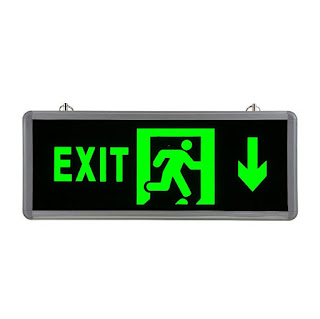Emergency Lighting Testing and Certification
With the development of LED technology, emergency functions have become one of the features of LED lighting products.
An emergency light is a battery-powered lighting device that automatically turns on in the event of a building power outage. Emergency lighting is a standard requirement for most building codes in new commercial and residential buildings as well as older buildings.

LED Emergency Lighting
LED products offer bulb life advantages and energy savings to meet virtually all photometric parameters.
LEDs also help develop a new generation of more compact emergency luminaires while maintaining or improving the quality and distribution of light - a major advantage for architects and designers.
In addition to lamp life advantages and energy savings benefits, LED emergency luminaires gain further advantages in terms of lamp replacement costs, illumination of high-risk task areas using controlled light distribution, heat reduction, light quality and lamp source quality.
Emergency Lighting Standards
UL 924 Safety Standard - Emergency Lighting and Power Equipment
This scope applies to equipment used in unclassified locations and intended for connection to branch circuits of 600 volts or less. Such equipment is intended to automatically provide lighting or power, or both, to critical areas and equipment in the event of a failure of the normal power supply, in accordance with the National Electrical Code, NFPA 70, Life Safety Code, Article 700 or 701 of NFPA 101, Fire Code, NFPA 1, International Building Code, IBC and International Fire Code, IFC.
Examples of equipment include:
Exit signs
Emergency luminaires
Unit equipment
Central station battery packs
Inverters
Automatic battery charging and control equipment
Automatic load control relays
Disturbance signaling equipment


评论
发表评论